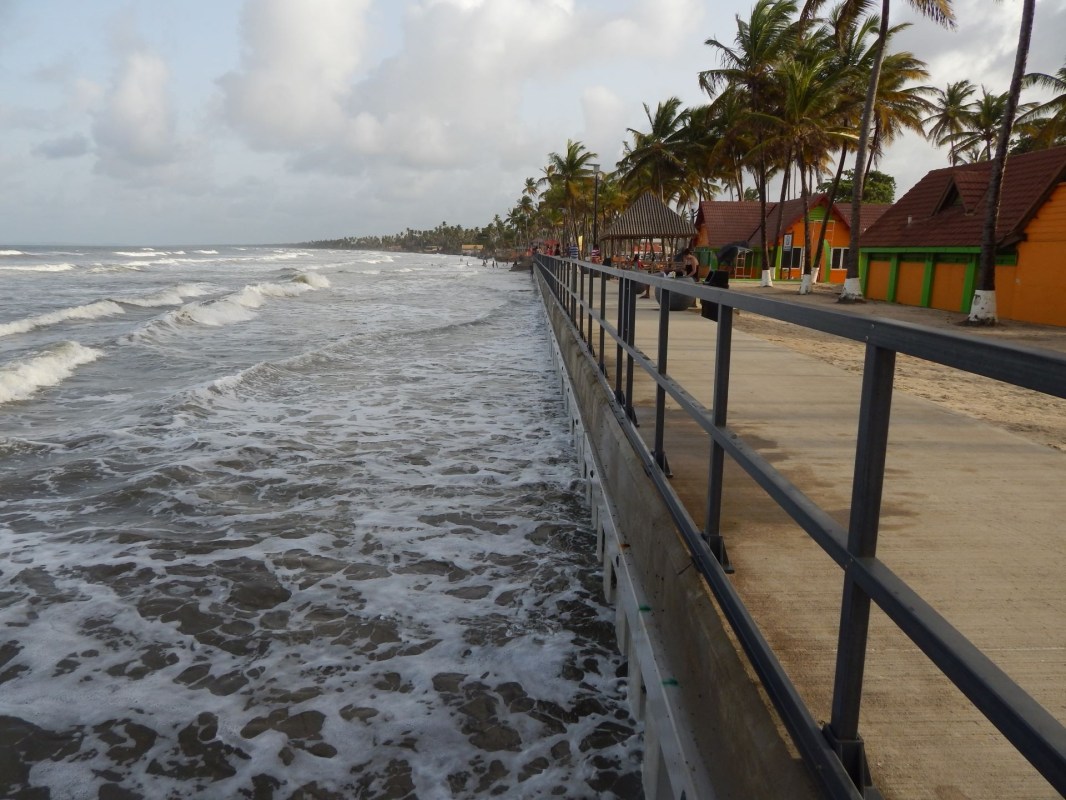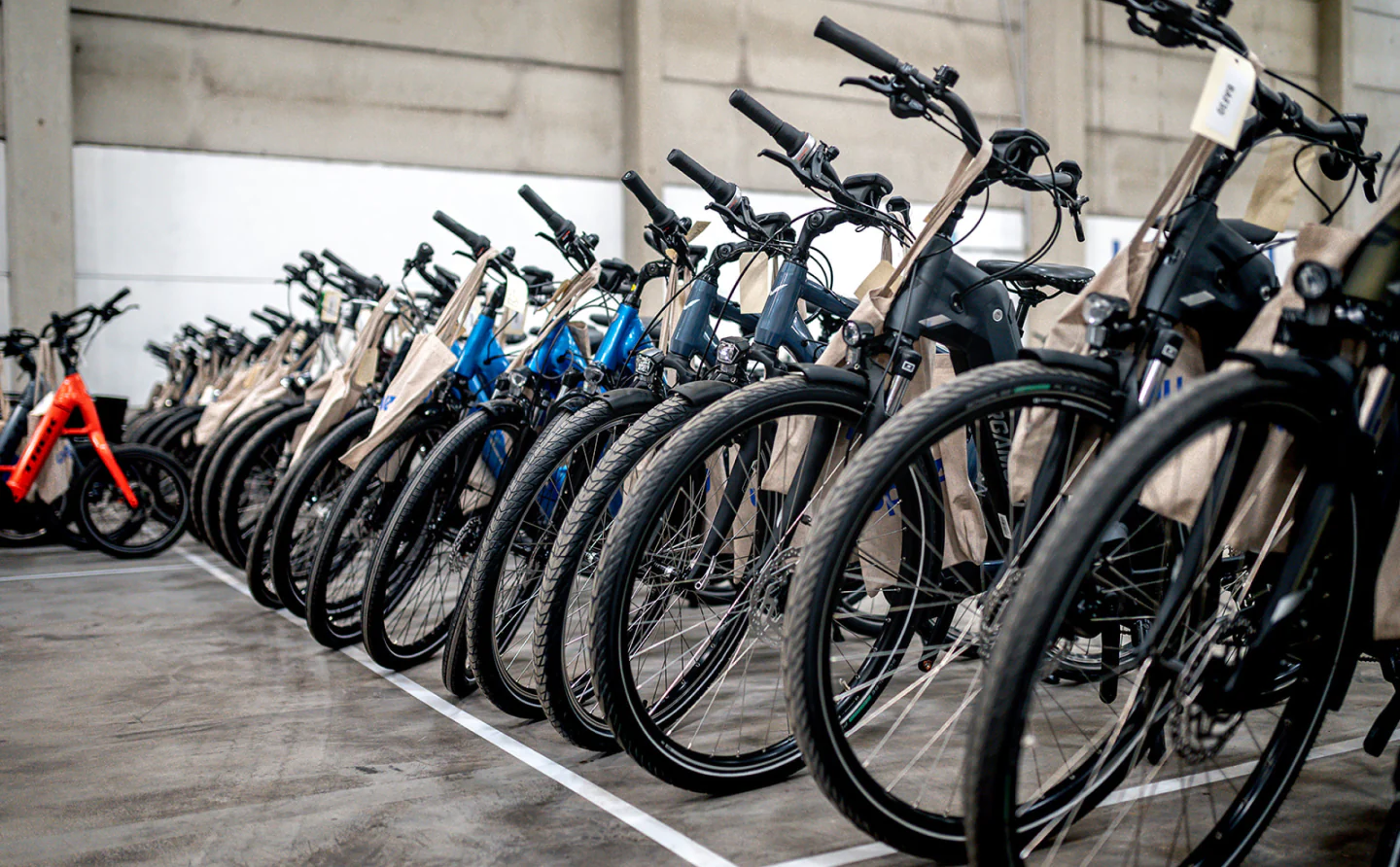Just as scientists have been saying for decades, the sea level is rising, The Washington Post recently reported. However, since about 2010, it's been increasing way faster than was expected along the southern and southeastern coasts of the U.S., threatening coastal cities and their residents.
What's happening?
The Post reported that recent studies reveal that the sea level in the southern U.S. has risen at about four-tenths of an inch annually since 2010. The global average is less than half that amount — about 0.18 inches annually in the same time frame.
Another similar study, published by a team led by Tulane University researchers, said this faster rate is "unprecedented in at least 120 years."
Interestingly, the Post also reported that the causes of this dramatic change aren't entirely certain. The ocean is rising worldwide, on average, with increasing global temperatures, but the southern U.S.'s sea level is rising faster than expected.
While the land in the southern U.S. is sinking in some places, the higher sea level has been observed even in the regions that aren't sinking as rapidly, according to recent studies. Warm currents carrying water into the Gulf of Mexico may be causing the water to expand, also contributing to sea level rise.
Why does the rising water line matter?
As the Post explained, New Orleans, Miami, Houston, and many other communities are in the path of the rising water, which could overtake homes and businesses.
Higher water levels also make hurricane impacts more severe. Increasingly extreme natural disasters cause expensive property damage and create unsafe situations for thousands of people.
Not only that, but Sönke Dangendorf, who led one of the recent studies, calls this situation "a window into the future," the Post said. Dagendorf said the rising sea level along the U.S. Gulf Coast and southeastern coastlines is close to what scientists would expect to see around 2100 if Earth keeps getting hotter.
What's being done about it?
According to the Post, research on rising sea levels is surging. Besides the two papers published about the region this year so far, two more are in review, and NASA has developed a sea-level tool to help examine the problem.
The best thing individuals can do about the rising sea level is to try to help cool down the Earth by producing less planet-warming pollution. Switching from a gas-powered car or gas appliances to electric makes a significant difference, as does buying locally-grown food instead of food shipped from far away.
TCD Picks » Upway Spotlight

Join our free newsletter for cool news and cool tips that make it easy to help yourself while helping the planet.














